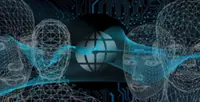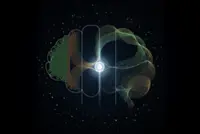There are some good reasons to worry about what is visible in background photos, because AI is getting very good at guessing where you are based on the smallest of clues. — Pixabay
BERLIN: The capabilities of AI chatbots could soon be verging on transgression, according to recent research showing some managing to figure out a person's location from obscure photographs and others now able to generate almost undetectable "deepfake" videos.
In a series of tests, computer virus software provider Malwarebytes found ChatGPT to be "creepy good" at "geo-guessing" locations from photographs that had been scrubbed of their metadata, which often contain details such as location, time and date.





